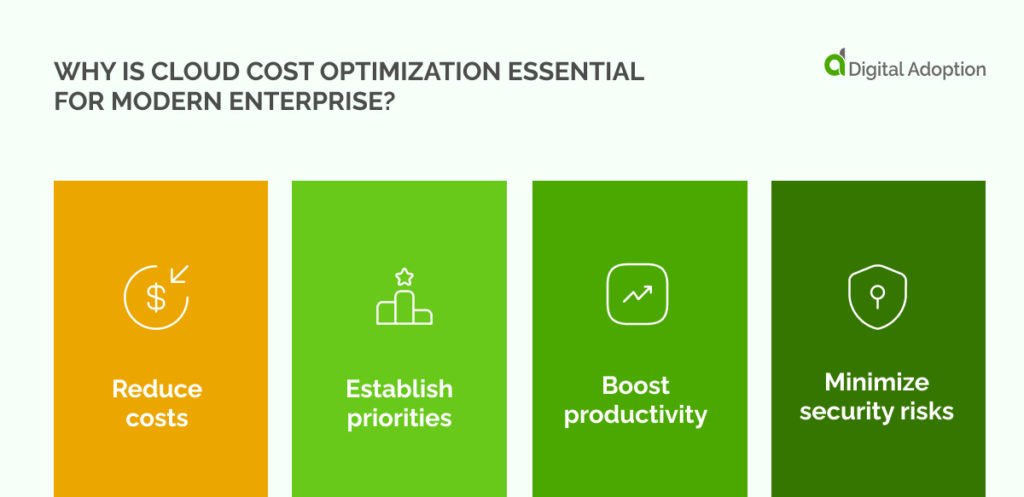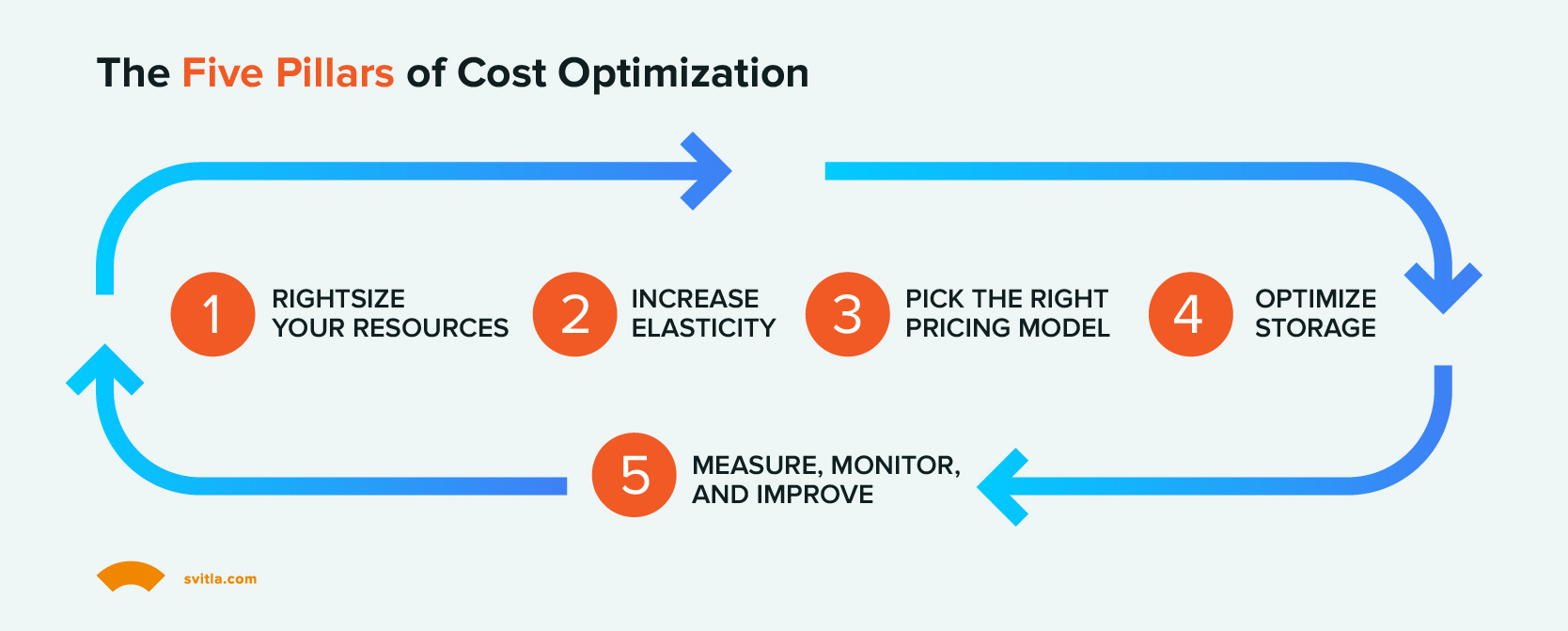
Understanding Cloud Costs
Importance of Cloud Cost Optimization
When organizations migrate to the cloud, it opens up a world of opportunities, but it can also lead to spiraling costs if not managed properly. Cloud cost optimization is crucial because it ensures that companies maximize value from their cloud investments. For instance, one company we worked with found that by refining their cloud strategies, they saved 30% on their monthly bill within just a few months. This not only improved their bottom line but also allowed them to reinvest those savings into other growth areas.
Effective optimization enables:
- Better resource allocation
- Improved profitability
- Enhanced scalability
Common Challenges in Managing Cloud Costs
However, managing cloud costs isn’t without its pitfalls. Many organizations face common challenges that hinder effective financial management in the cloud realm:
- Lack of Visibility: Without detailed insights into cloud spending, it’s easy for costs to balloon unexpectedly.
- Underutilized Resources: Many businesses overprovision resources, leaving them paying for more than they need.
- Complex Pricing Models: Navigating diverse pricing structures among cloud providers can become complicated and confusing.
Navigating these challenges is key to achieving successful cloud cost management and optimization.

Cloud Cost Optimization Strategies
Right-Sizing Resources
After identifying the key challenges in managing cloud costs, the next step is to implement effective cloud cost optimization strategies. One fundamental tactic is right-sizing resources. This process involves analyzing your workloads to ensure you’re not overprovisioning or underutilizing your cloud resources. For example, a tech startup we collaborated with reduced their virtual machine size after recognizing that they were using only 30% of their capacity. This adjustment alone saved them hundreds each month while maintaining performance.
Leveraging Reserved Instances and Savings Plans
Next on the list is to leverage reserved instances and savings plans. These options offer substantial discounts compared to on-demand pricing. Companies often overlook these benefits, but committing to a certain level of usage can yield savings of up to 75%. It’s akin to prepaying for gas at a discount, which can be particularly useful for predictable workloads.
Monitoring and Analyzing Usage Data
Lastly, continuous monitoring and analyzing usage data is paramount. Tools like AWS Cost Explorer or Azure Cost Management provide invaluable insights into spending trends and resource utilization. By regularly reviewing this data, organizations can identify inefficiencies and make informed decisions about resource adjustments, ensuring they never pay for what they don’t use. For instance, analyzing trends helped one organization eliminate $5,000 in annual spending by terminating idle resources.

Implementing Cost Control Measures
Setting Budgets and Cost Alerts
With effective optimization strategies in place, the next step is to focus on implementing cost control measures that help keep spending in check. One of the first tactics is to set budgets and utilize cost alerts. Establishing a clear budget allows organizations to define their financial boundaries. For instance, a mid-sized company implemented a budget alert system, which sent notifications when spending was forecasted to breach pre-defined limits. This proactive approach prevented unexpected charges and fostered more mindful resource usage.
Implementing Tagging for Cost Allocation
Another valuable measure is the use of tagging for cost allocation. By assigning tags to various resources, such as departments or projects, companies can track spending accurately. Imagine a team working on a software project marking their resources with specific tags; this not only helps in identifying who is responsible for costs but also facilitates more informed budgeting decisions. According to a cloud service provider, tagging can lead to a 20% reduction in unnecessary spending.
Automating Workloads for Efficiency
Lastly, automating workloads for efficiency can significantly streamline cloud operations. Tools designed for automation—like serverless architecture or workload schedulers—help organizations scale their resources dynamically based on demand. A real-life example is a company that automated its backup processes, resulting in a 40% decrease in operational costs and freeing up IT staff for more strategic work. By automating repetitive tasks, businesses can not only save money but also enhance productivity across the board.
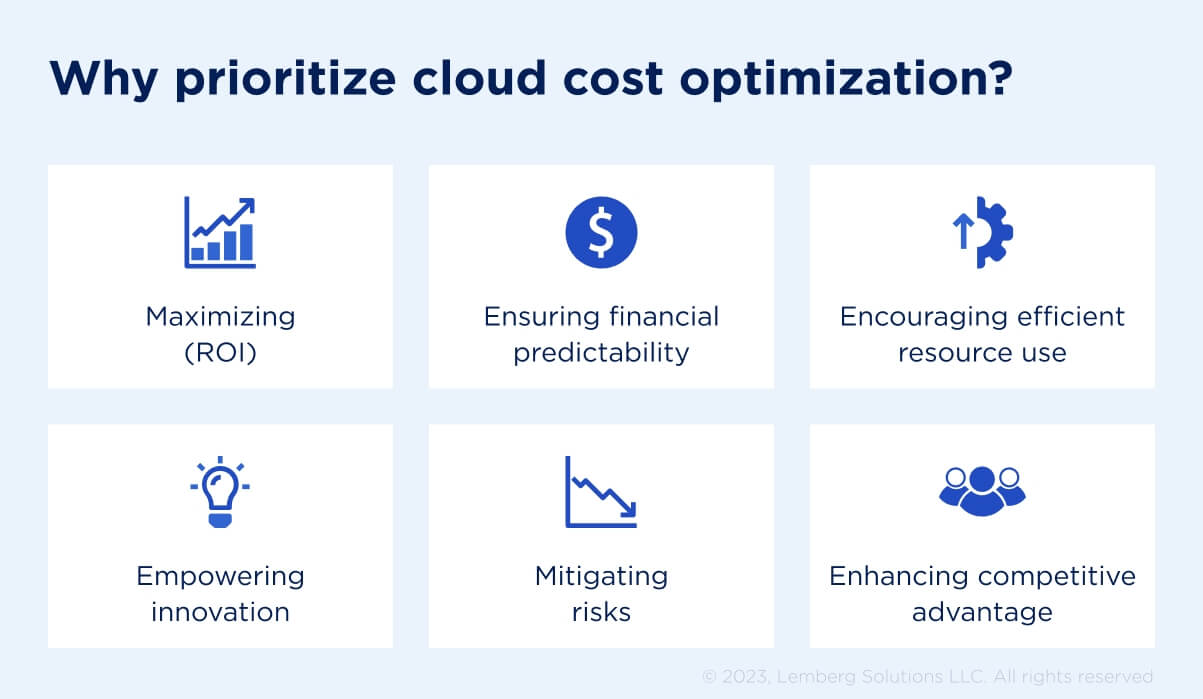
Collaboration and Governance for Cost Optimization
Involving Stakeholders in Cost Management
As organizations enhance their cost control measures, fostering collaboration is essential for effective cloud cost optimization. Involving stakeholders from various departments—such as finance, IT, and operations—ensures a holistic approach to cost management. For instance, a company we worked with initiated monthly meetings where teams discussed their cloud usage and budget statuses. This engagement not only heightened awareness but also encouraged cross-departmental accountability, which proved invaluable in identifying areas for improvement.
Effective collaboration encompasses:
- Sharing insights on usage patterns
- Encouraging budget ownership across departments
- Facilitating open dialogues about resource needs
Establishing Cloud Cost Governance Policies
On top of collaboration, establishing cloud cost governance policies solidifies the framework for managing resources effectively. Such policies delineate roles, responsibilities, and best practices within the organization. For instance, implementing a clear approval process for resource provisioning can help prevent unnecessary spending. A company that adopted such policies saw a 50% decrease in unapproved expenses over six months. These strategies not only streamline decision-making but also create a culture of cost-consciousness that permeates the organization.
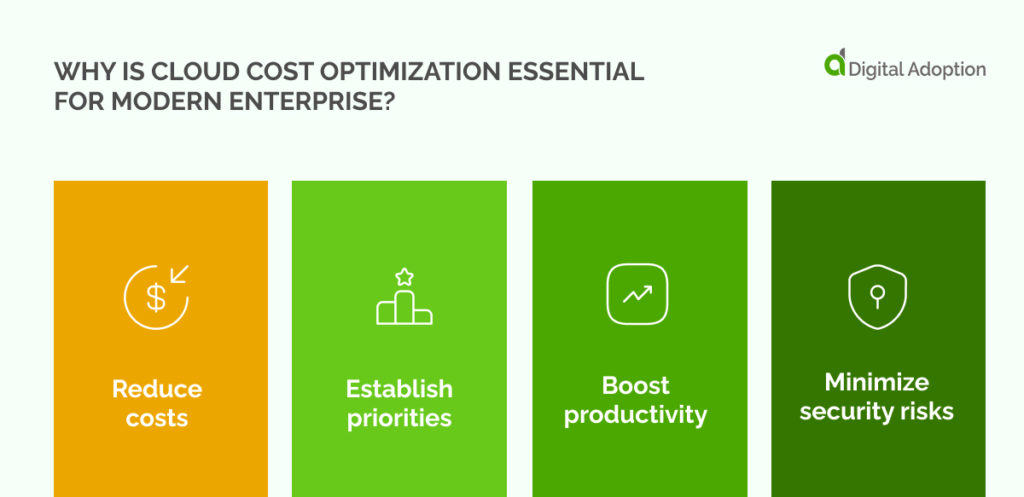
Continuous Improvement and Review
Conducting Regular Cost Audits
In the ever-evolving landscape of cloud computing, continuous improvement and review are vital to maintaining an efficient cost management strategy. One effective method is conducting regular cost audits. These audits help organizations systematically assess their cloud spending and resource usage. For example, a client we assisted discovered during a quarterly audit that they had over 20 unused instances, which were costing them thousands of dollars annually. Regular audits foster accountability and ensure that spending aligns with business objectives.
Here’s a quick checklist to consider during audits:
- Review resource utilization and allocation
- Compare against budget forecasts
- Identify cost-saving opportunities
Iterating Strategies for Ongoing Optimization
After the audits, organizations should focus on iterating strategies for ongoing optimization. The cloud environment is dynamic, influenced by new features, pricing changes, and evolving business needs. By regularly updating their optimization strategies, teams can adapt to these shifts. For instance, a business might find that switching to a different vendor for specific services offers better pricing or performance. Embracing a culture of flexible adjustment leads to sustained savings, ensuring that cloud resources contribute directly to the company’s growth. This approach not only minimizes waste but promotes a proactive stance toward cloud cost management.
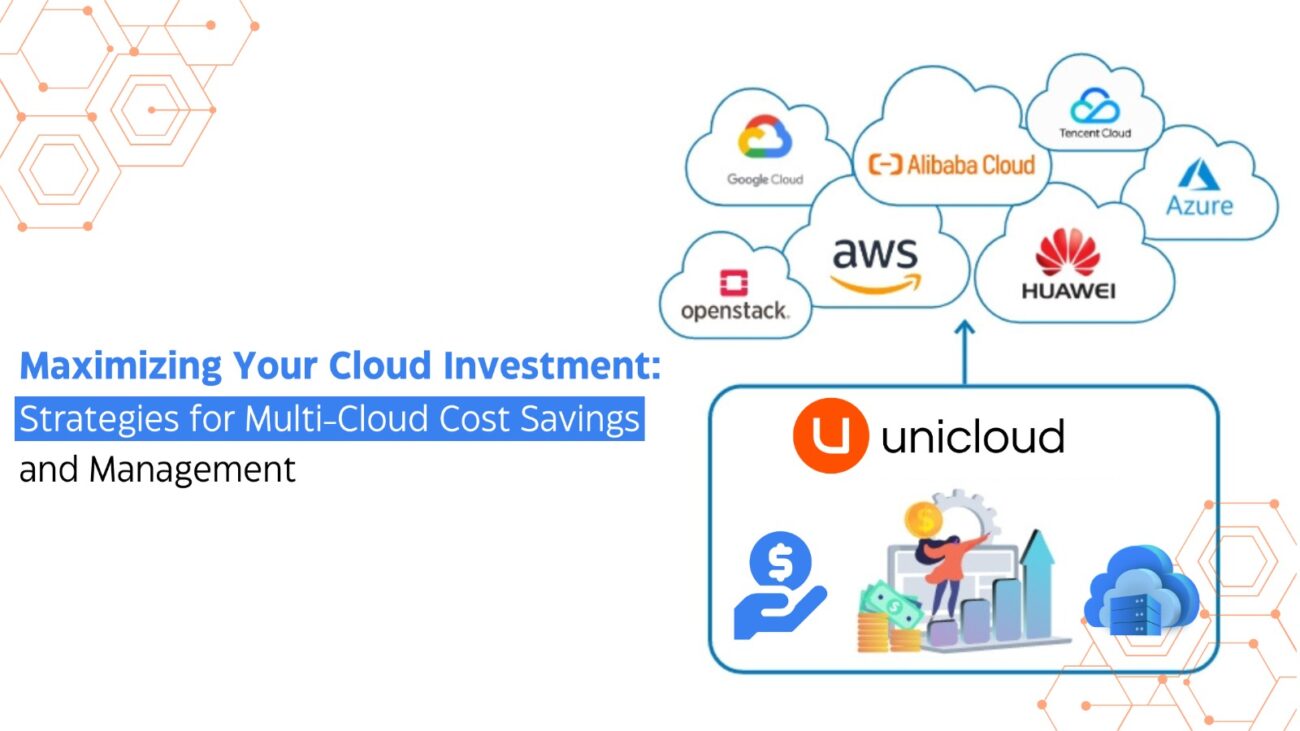
Conclusion
Recap of Key Strategies
As we wrap up this exploration of cloud cost optimization, it’s essential to recap the key strategies we’ve discussed. These strategies not only streamline your cloud costs but also enhance overall operational efficiency. Organizations should focus on:
- Right-sizing resources to match workload demands
- Leveraging reserved instances and savings plans for long-term financial benefits
- Setting budgets and alerts to monitor spending proactively
- Implementing tagging for precise cost allocation
- Conducting regular audits to identify inefficiencies
By adopting these measures, businesses can create a structured approach to manage cloud expenses effectively.
Future Trends in Cloud Cost Optimization
Looking ahead, the landscape of cloud cost optimization is likely to evolve. Emerging trends, such as AI-driven analytics, will provide deeper insights and automate decision-making processes. Additionally, as multi-cloud environments become more prevalent, sophisticated tools for cross-platform cost management will gain importance. Organizations that stay ahead of these trends will not only enhance their cost efficiency but also gain a competitive edge in harnessing the full potential of cloud technology. Embracing change and continuously evolving strategies ensures ongoing success in the cloud.
